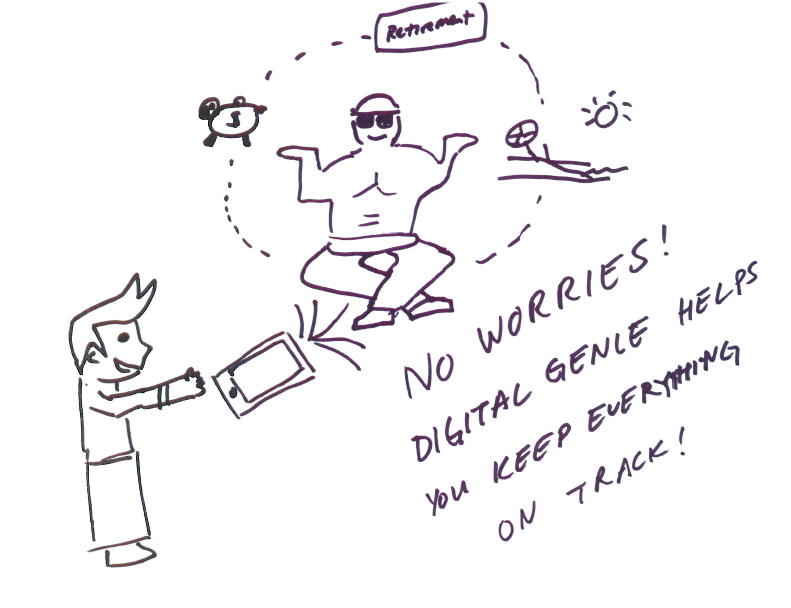Design
Iterating to Find a Solution
Process Overview
Our creation process subdivides itself into three tiers based upon the fidelity of the prototype produced: low, medium, and high. With each increase in fidelity, details become more and more crucial. During our initial low-fidelity stage, concepts were given focus over implementation, and no idea was deemed too wild or implausible. By contrast, our high-fidelity stage prioritized details and feasibility in order to create a product that could be deployed within two years.

Visioning
At the end of our initial user research, we began prototyping and creating with a visioning session with members of our client team.

Round Robin
Round Robin requires that each individual begin with a blank sheet of paper folded into quadrants. Each person begins by writing a definition of the problem in the first quadrant, and then passes the paper to their left. This pattern of filling out the next quadrant and passing the paper continues, with the next steps consisting of writing a solution to the initial problem, a critique of that solution, and finally a resolution to the critique.

Creative Matrix
We drew a chart where each row represented a platform (e.g. mobile, web, Internet of Things, etc.) and each column represented a group of potential users (e.g. people who prefer a hands-off approach to finances, people who are hesitant to adopt new technologies, etc.). The cross-section of a given row and column then constitutes a potential solution for that particular group using that particular platform.

Drawing Advertisements
Each team member individually drew an advertisement reflecting the future to which our solution would ideally lead. These envisioned futures varied from ad to ad in specificity and time range, but all surrounded the same core ideas. The future desired was one of empathy and trust between the bank and its customers, and a simple, straightforward, and worry-free understanding of finances as a whole.